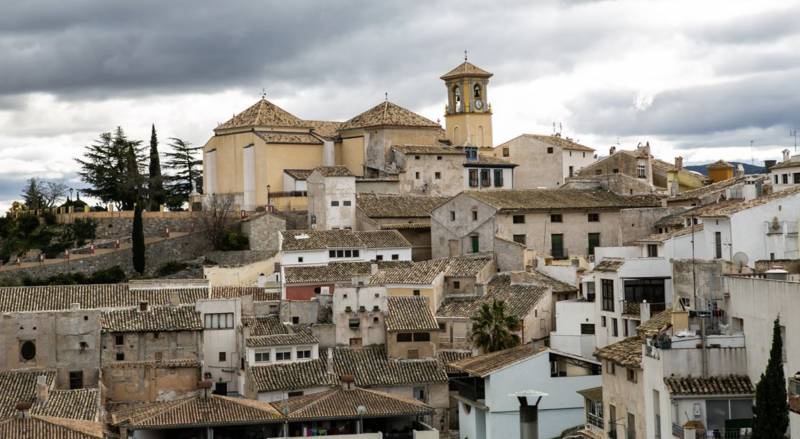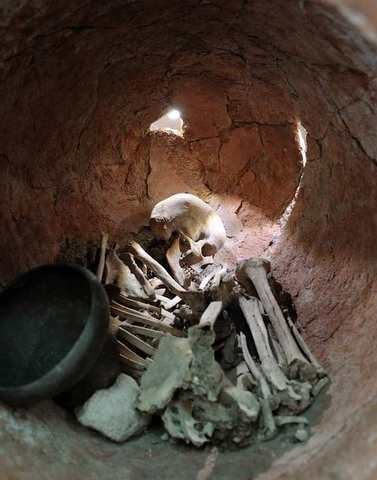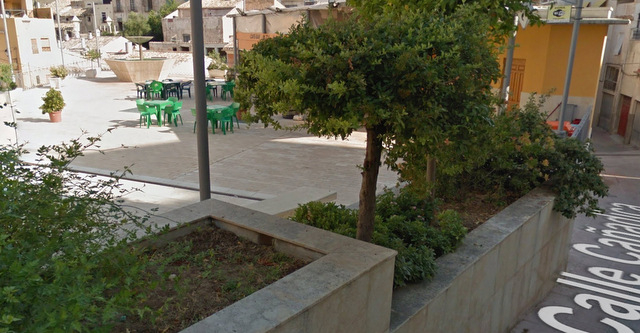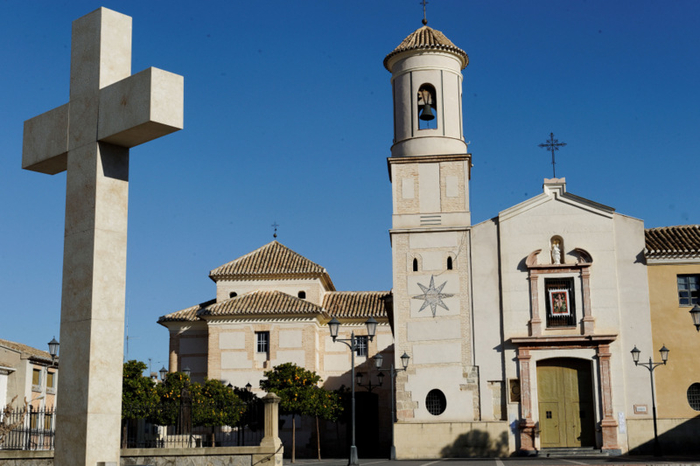- Region
- Vega baja
- Marina Alta
- Marina Baixa
- Alicante
- Baix Vinalopo
- Alto & Mitja Vinalopo
-
ALL TOWNS
- ALICANTE TOWNS
- Albatera
- Alfaz Del Pi
- Alicante City
- Alcoy
- Almoradi
- Benitatxell
- Bigastro
- Benferri
- Benidorm
- Calosa de Segura
- Calpe
- Catral
- Costa Blanca
- Cox
- Daya Vieja
- Denia
- Elche
- Elda
- Granja de Rocamora
- Guardamar del Segura
- Jacarilla
- Los Montesinos
- Orihuela
- Pedreguer
- Pilar de Horadada
- Playa Flamenca
- Quesada
- Rafal
- Redovan
- Rojales
- San Isidro
- Torrevieja
- Comunidad Valenciana


- EDITIONS:
 Spanish News Today
Spanish News Today
 Murcia Today
Murcia Today
 Andalucia Today
Andalucia Today
article_detail
Cehegín, Ermita De La Purisima Concepción
Cehegín, The church of La Purisima Concepción has an exceptional Mudéjar wooden roof
This is a charming little church with exceptional interior decoration, not because of an ostentatious display of gilded magnificence, but because of the simplicity of its woodwork and painted murals in the Mudejár style.
The church stands on the highest hill in the historic old town of Cehegín, and was declared a national monument in 1980. The exact date of its construction is not known, but it is believed to date from the end of the 15th century or the beginning of the 16th. What is certain, thanks to the inscription on the right-hand side of the main altar, is that it was consecrated and blessed by the Bishop of Modrusia on 9th February 1556.
It is built in the Renaissance style, and has three naves and an elevated choir. The interior naves are supported by Tuscan columns and the presbytery features ionic columns as well as a richly decorated roof, which is painted and has a large Mudéjar cone of honeycomb work and stars. The interior boasts a large wooden Moorish Mudéjar roof, with an octagonal vaulted ceiling featuring painted inscriptions, a surprise to those visiting churches from this period within the region, this Christian building having decidedly Moorish features.
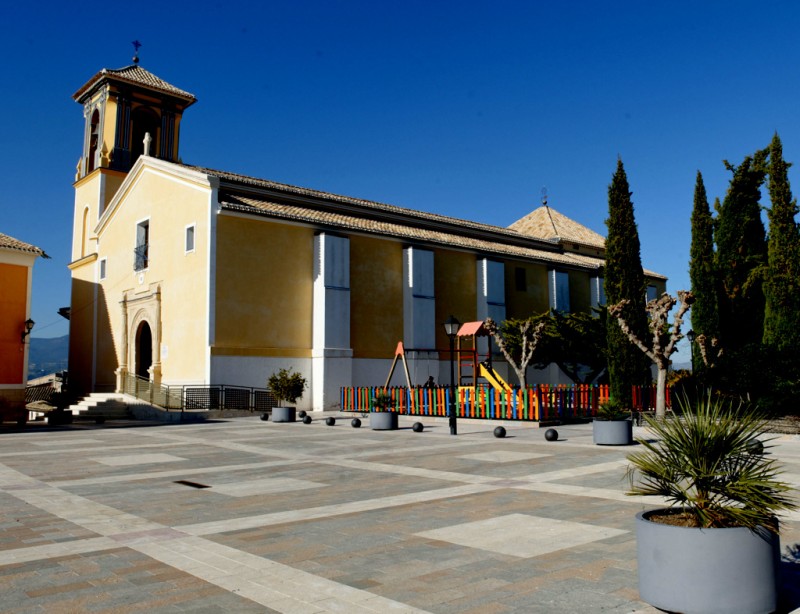
This is a fairly common occurrence, with examples of these wooden ceilings being found in several striking churches throughout the region, including one in Totana and another in Mazarrón, although this is an exceptional example. Combined with stonework, the result is simply elegant churches, each with a unique character.
The Mudéjar structure is closely related to the Catalan Gothic style, which normally gives us churches with just one nave, the roof of which is formed by beams which support arches. In other words, there are arches crossing the nave right along its length. This, then, is a Mudéjar construction, but not in the Andalusian style: rather it is an example of the Mudéjar renaissance in the eastern coastal areas of Spain.
There is a magnificent latticework coffer of the Castilian Mudéjar style, and the main altar, by Quiró and Carreño, has a hemispherical dome.
One of the most interesting little historical details of this church is that it was home to a local man for 38 years, after he sought refuge inside having killed a local knight in a duel of honour.
In 1623 the church became home to Don Martín de Ambel y Bernard, after mortally wounding Don Alonso de Góngora y Quirós in a duel, and he remained in the church until his death in 1661. During his long residence he wrote the first history of Cehegín, entitled “Antigüedades de la Villa de Cehegín”, which he finished in 1660, a year before his death.
When he died in 1661 his body was buried in the Chapel of San Juan de Letrán de la Concepción.
The street alongside the church, the Paseo de la Concepción, includes the Mirador de la Vega, a viewpoint giving superb views of the surrounding countryside and is a perfect place to enjoy a few moments of peace and tranquility.
The church was home to the Archicofradía de la Purísima, which was the driving force behind the Hospital de Caridad (16th to 19th centuries) which was also located in the Paseo de la Concepción, along with the Calderón Theatre, the Palacio de Música, the Feria and the school.
The church has been fully restored since the damage incurred during the Civil War.

Hours of Mass
The church is open to the public every Saturday at 8 pm for the celebration of Holy Mass.
Where is the Ermita De La Purisima Concepción, Cehegín?
The Ermita de La Purísima Concepción is in the Paseo de la Concepción. There is some parking, but some visitors may find driving up to the church a somewhat traumatic experience. If you are reasonably mobile, it´s advisable to park in a major location such as the Plaza de la Constitución by the church of Santa María Magdalena, and walk across.
Click for map, Paseo de la Concepción, Cehegín.
Click for details of services in all Cehegín churches.
For full information about Cehegín, go to the dedicated Cehegín section, Click Cehegín.
article_detail
Contact Murcia Today: Editorial 000 000 000 /
Office 000 000 000



